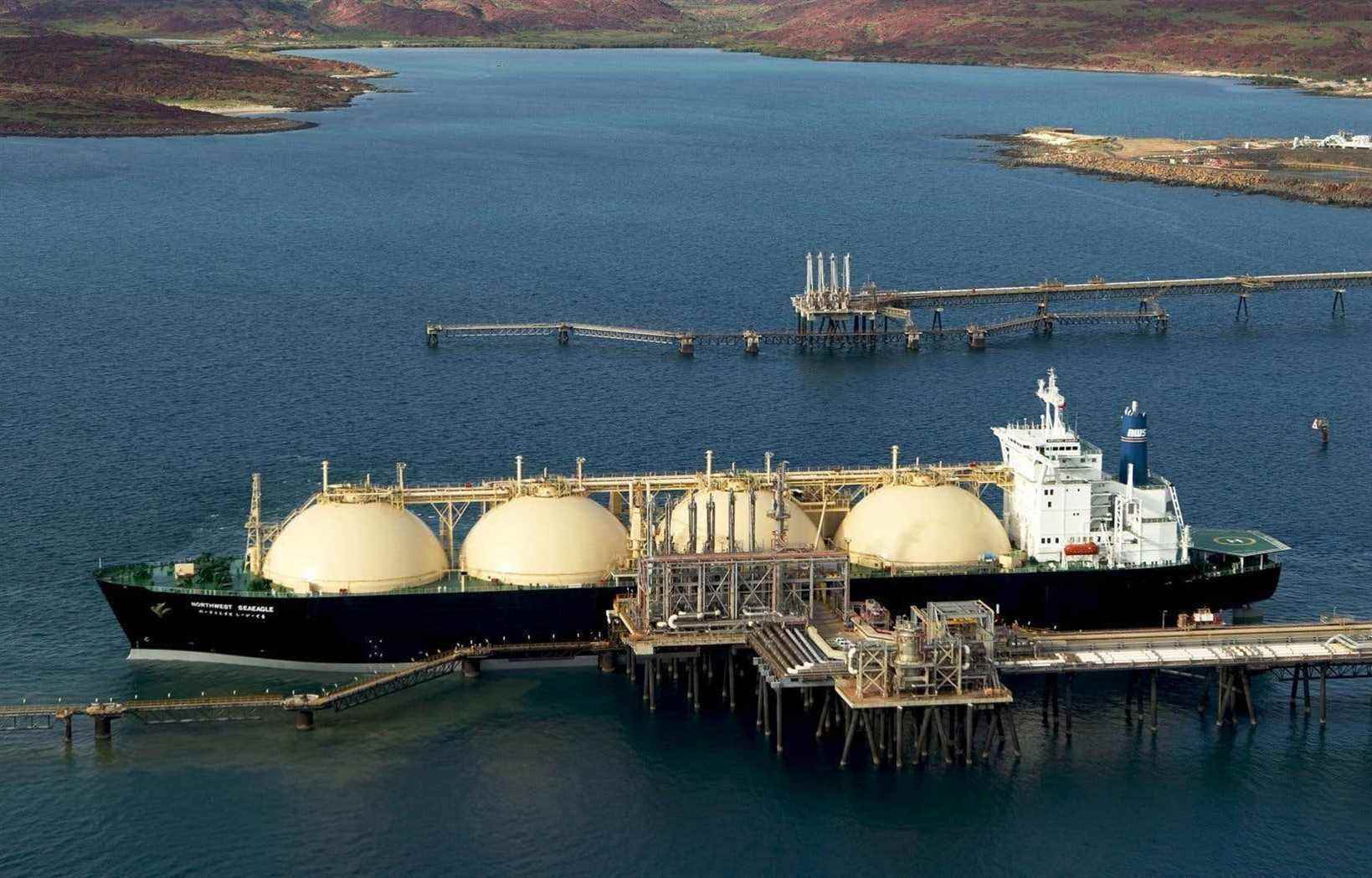At the end of the public consultations on the provisional version of the environmental assessment report of GNL Quebec, the proponents still do not admit defeat and continue their “analysis” of the situation, despite the rejection of the gas project by the government. of Quebec.
Public consultations on the “interim” environmental assessment report produced by the Impact Assessment Agency of Canada (AEIC) ended on Friday. The comments posted online by the organization were overwhelmingly submitted by opponents of the project, including the main environmental groups in Quebec.
However, some stakeholders took advantage of the consultations to express their support for the liquefaction plant and marine terminal project. This is particularly the case with the Alberta natural gas producer Tourmaline Oil.
Even if the Legault government rejected the project last summer, the promoters of GNL Quebec do not admit defeat, after having decided to continue the process of federal environmental assessment of their project.
“GNL is still continuing the necessary work to complete its analysis of the Énergie Saguenay project. GNL Quebec will take cognizance of the content of the environmental assessment report, formulated by the impact assessment agency of Canada, ”the company said on Friday, in a written response to questions from To have to. GNL Québec and Gazoduq, however, laid off most of the employees who were still in post.
Critical report
The provisional version of the federal environmental assessment report rejects the proponent’s assertions that the natural gas export project would be beneficial in the fight against the climate crisis.
On the contrary, writes the AEIC, “the project would induce significant direct and cumulative negative effects that could have an impact on the achievement of the objectives of Quebec and Canada in terms of greenhouse gas emissions and climate change. “. The Agency confirms that the greenhouse gas emissions associated with the project on Canadian soil would exceed 7.5 million tonnes per year, the equivalent of adding three million cars to the roads.
The report recalls at the same time that Environment and Climate Change Canada (ECCC) “considers that the proponent has not provided sufficient details to support the hypothesis according to which the project would replace higher emission energy sources” , like coal. However, this is the central argument of GNL Québec.
The AEIC report also rejects GNL Quebec’s argument that natural gas is a partner in the “energy transition”. Rather, it is pointed out that the International Energy Agency this year published an analysis that concludes that countries must “forgo” authorizing the development of “new oil and gas sites” in order to meet the objectives of the Agreement. Bets on the climate. This means, according to the AEIC, that exports of liquefied natural gas must begin to decrease after 2025, that is to say when the Énergie Saguenay plant begins to operate.
Risks to cetaceans
The AEIC also concludes that commercial maritime traffic attributable to GNL Québec “is likely to cause significant negative environmental effects, both direct and cumulative, on marine mammals and, in particular, the beluga population”.
It must be said that the project would “double” maritime traffic on the Saguenay and “within a protected area”, namely the Saguenay – Saint-Laurent marine park. “The increase in the number of passages of ships in the Saguenay River and the St.Lawrence Estuary would contribute to the degradation of the underwater acoustic environment, which would run counter to the objectives of the action plans and re-establishment of endangered marine mammals in the St. Lawrence Estuary as well as the protection mandate of the protected area, ”emphasizes the 277-page report.
However, the federal analysis mentions that GNL Québec is not the only project that risks increasing traffic on the Saguenay, and therefore noise pollution in the critical habitat of the St. Lawrence beluga. Mention is made in particular of the Black Rock Metals and Arianne Phosphate projects, but also various planned developments that risk tripling maritime traffic over the next few years on the Saguenay. “For the St. Lawrence estuary, we would observe an increase of nearly 19% of passages,” underlines the AEIC.
